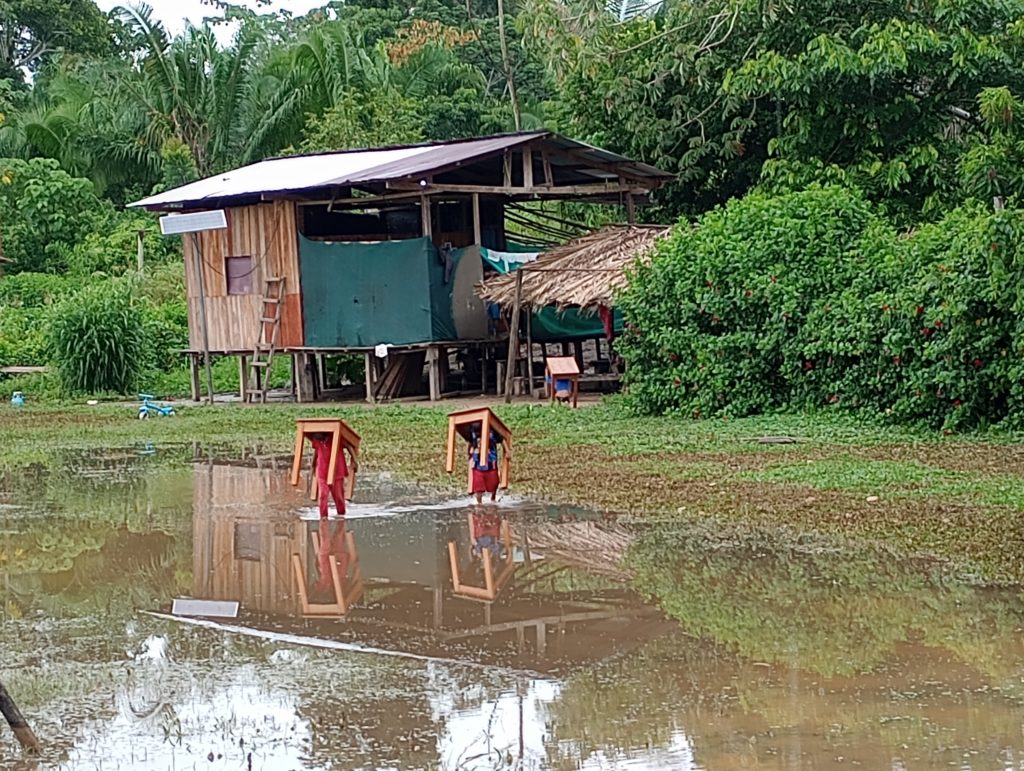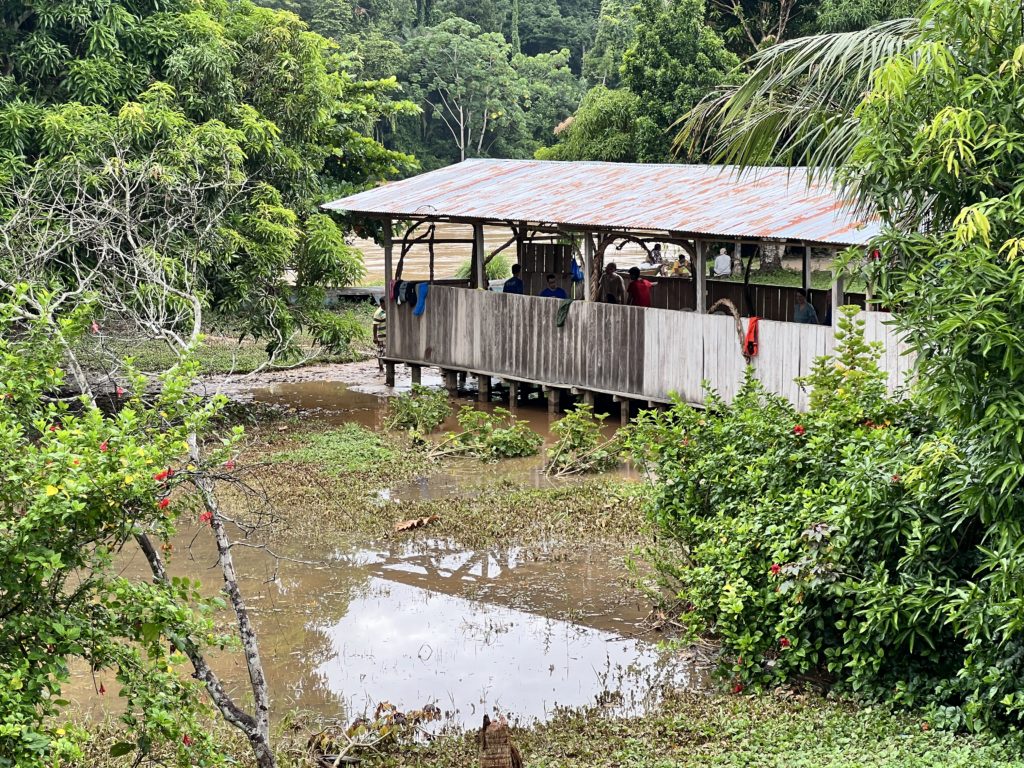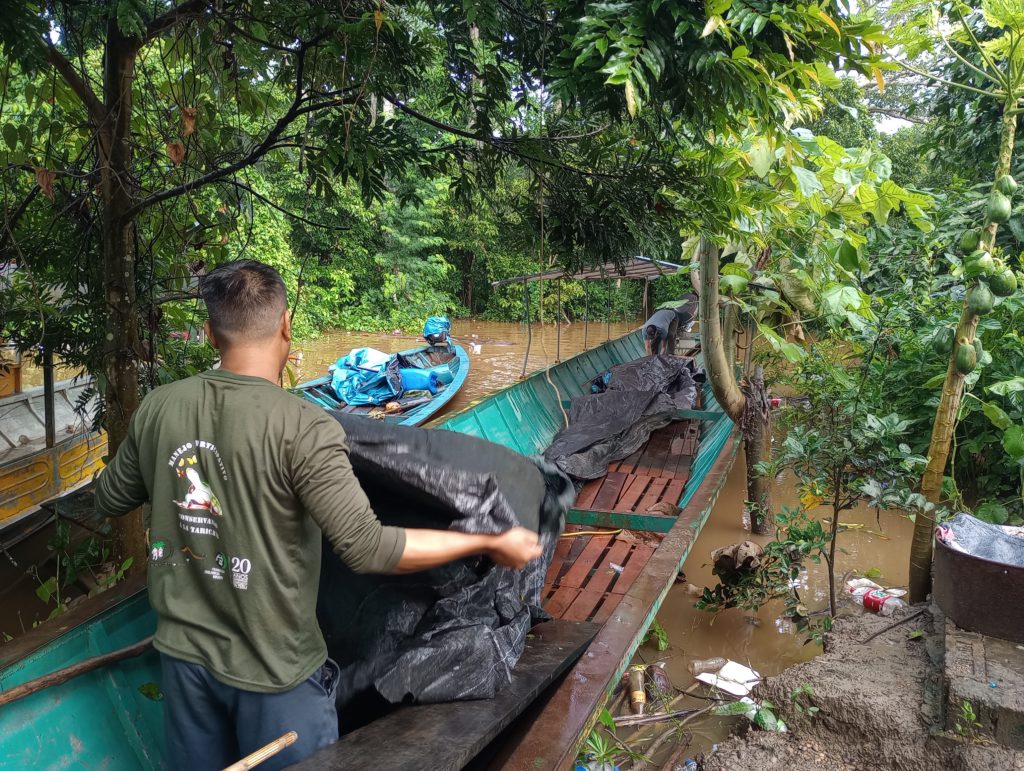
Every year I participate in a Medical Campaign in the Madre de Dios region of Peru. This year our team of 30 consisted of two physicians, four nurses, three dentists, a paramedic (yours truly), and several non-medical supportive personnel. Click here for a basic breakdown of the mission.
February 26th-March 2nd
7 days
6 villages
1 city
250-ish miles of river
Multiple days of rain
Over 300 patients
49 confessed Christ as Savior
1 Great God
Travel Journal, 139
Dare I pick a theme for this year’s medical campaign in Peru? I go back every year and every year presents its own special challenges. One year, political unrest delayed our visit to these far reaches of the Peruvian jungle. Another year, several team members became heat-exhausted. Once we had to use two boats just to get where we were going.
This year?
Water.
It could hardly be ignored. It was everywhere. In every village.
The tiny village of Tipishka sits lower on the banks of the Las Piedras than any other village we visited. Smiling faces poked through the trees, watching our boat park on the muddy swollen banks. We laid boards down onto the mud trying to not lose our shoes in the mire. It rained off and on. The whole village looked like the wooden structures grew spontaneously out of a swampy lake. Children carried tables and chairs to our clinic site through knee deep puddles. Nobody wore shoes. Feet slipped. The river rushed uncomfortably and quickly past. Staying dry in the jungle is nearly impossible—and more so in Tipishka.
We filter our own water on this trip. So while the clinic sees patients, our other team mates find water sources, filters, and keeps everyone hydrated. The water situation quickly became a problem. Tipishka has two water sources: the stream that runs into the river, and the river proper. The village uses the stream for their water source. But as we filtered the water, our system didn’t seem to do the job. Only two of us ended up with a belly full of the bad stuff. We switched to filtering the river water and had better results. But not before I ended up on a 5-day course of antibiotics.
It seems that there’s, “water, water, everywhere, nor any drop to drink.”

In the weeks leading up to our campaign, each of us checked our phones and weather apps for a weather update, like an anxious fisherman checking his bobber. Rain, every day. Unrelenting Peruvian rain. Heavy clouds hung over Puerto Maldonado when our flight landed. And we saw the sun sparingly throughout the week of the campaign. The water rose in the streets of the city as we prepped for the trip. We organized camping equipment, clinic gear, and medications all to the soundtrack of heavy rains pummeling metal roofs.
It had been raining so much that the boat drivers had real concerns. Our team was taking an awful risk getting on a boat with the river so high. Our final destination was Monte Salvado, nearly 250 miles on the Las Piedras River—the jungle. The locals had never seen the river any higher. And it made travel slow, tedious, and difficult.

But as Chesterton says, “an inconvenience is only an adventure wrongly considered.” The medical team traveled up the river, treated patients, spoke the truth of Christ, and cared for hearts and souls. Obstacles and inconveniences are but adventure-fodder to the Savior of Souls and Creator of Water.
Although it can be difficult to remember.
The Holy Scriptures are flooded (ehem) with references to the Water of Life. David writes that we are to be like a tree planted by streams of water. God has been in the business of quenching our thirst forever. He gave water out of the rock for the thirsting Hebrews. There’s streams of God’s glory and love in the deserts of Isaiah 35. And a woman at a well, trying to mind her own business, gets interrupted by Jesus himself. He tells her that he has a water that will well up like a spring of eternal life—never to be thirsty again. Our Blessed Savior died and water and blood seeped out of his wounded side. By it we are healed. And we are now buried with him in the likeness of his death upon baptism in water.
Not only will the water in Tipishka not eternally satisfy your thirst, it will also make you sick. The water there may even kill you if you’re not used to it.
There’s better water to be had.
The people in Tipishka, and all the other villages we visited, got a taste of this water. It’s “…the river of the water of life, clear as crystal, flowing from the throne of God and of the Lamb down the middle of the city’s main street…there will no longer be any curse…[we] will see his face, and his name will be on [our] foreheads. Night will be no more…” (Rev 22)
anthony forrest
Follow along for more to come on the 2024 Medical Campaign in Peru. And click here for even more stories of my work in Peru.